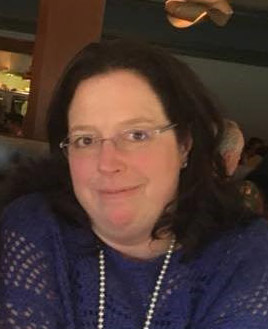

While so much of optometry is scalable—a factor that many ODs like as they balance their careers with the rest of their lives—there are times when diving into a commitment headfirst is the best way to go.
Developing a myopia treatment practice to slow the progression of myopia is one of those areas, as the amount of research dedicated to the topic continues to grow. Here are stories of two ODs whose practices represent two very different approaches to providing full-scope myopia care. Patti Richard, OD, of North Andover, Massachusetts, decided about 15 years ago that she was going to learn everything she could about orthokeratology so she could incorporate it effectively into her primary eye care practice. The quest took her about a year. Jennifer Lee, OD, works at the Bethesda, Maryland, location of Treehouse Eyes, a new business spearheaded by Gary Gerber, OD, focused exclusively on stopping or slowing myopia progression in kids.
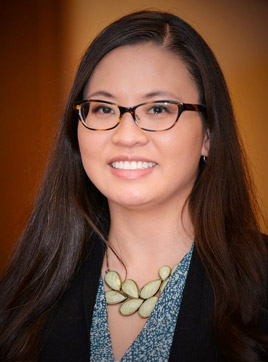

Dr. Richard says that she’ll never forget the first patient who motivated her to pursue orthokeratology about 20 years ago. “A young patient came in, and her father said her eyes were getting worse each year. I said we could prescribe new eyeglasses, and he said, ‘No. We don’t want eyeglasses. We want to fix it,’” she says. She had heard of orthokeratology but had never pursued it. “It bothered me that I couldn’t do anything more for the family,” she says.
Shortly after, she realized that her own 8-year-old daughter was an excellent candidate for orthokeratology. “I decided if I was going to get into this, I needed to learn everything I could. I literally attended every meeting and every lecture that I could for an entire year. I went to so many lectures by Patrick Caroline, COT, that I went up to him one day to promise him I wasn’t stalking him but was trying to learn. He told me to get started and be ready to be amazed,” she says. Caroline is an associate professor at Pacific University College of Optometry and one of the foremost experts on corneal reshaping.
Today at Family Eye Care, a Vision Source® member practice, Dr. Richard identifies children and adults who can benefit from corneal reshaping, orthokeratology contact lenses. “I want to educate my patients that vision solutions are completely customizable in this day and age,” she says, noting that orthokeratology lenses can be designed for presbyopia correction, too.
“I have a number of 50+-year-old women who hate wearing eyeglasses or reading glasses because they find the eyewear disruptive to their lifestyle. The option has tremendous appeal to patients who don’t like wearing eyeglasses or contact lenses during the day. We also draw a lot of younger patients for myopia control,” she says.
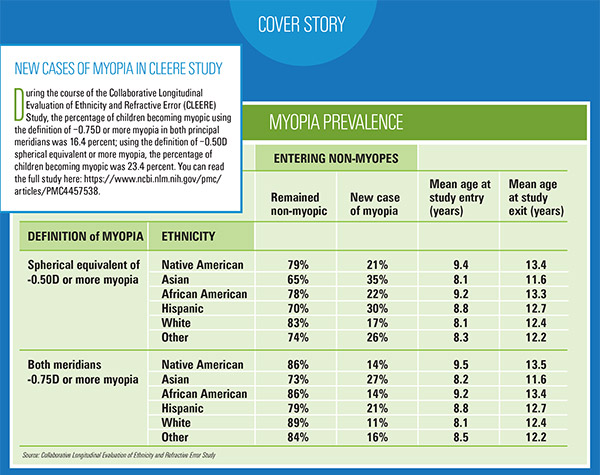

Dr. Richard has a second office across the hall from her primary care practice. “It’s a more casual setting, with a big, cushy chair and video screens. Kids have their own section there, and it makes them feel special. They get a special t-shirt and a drawstring bag with some goodies in it,” she says. A conference area allows her to discuss pricing and financing with parents, as the cost of orthokeratology lenses is significantly higher.
However, once parents and patients commit, the success rate is high and the dropout rate is very low. “These patients are very happy. When you see a mom who is a -9.00D and who knows that she’s doing something to help her kids avoid that, it’s really good,” Dr. Richard says. That ability to help people feel good about themselves and see well are why she chose optometry in the first place. Today, her daughter who wore corneal reshaping lenses when she was young is in optometry school, and her younger sister plans on going as well.
At Treehouse Eyes, it’s a different world for young patients. Entering the colorful, leafy treetop-inspired office, youngsters might forget they’re in a doctor’s office, says Dr. Lee, who joined the company in November 2017. Even the exam chair is in an open area, shielded by some greenery but nothing resembling a typical exam room.
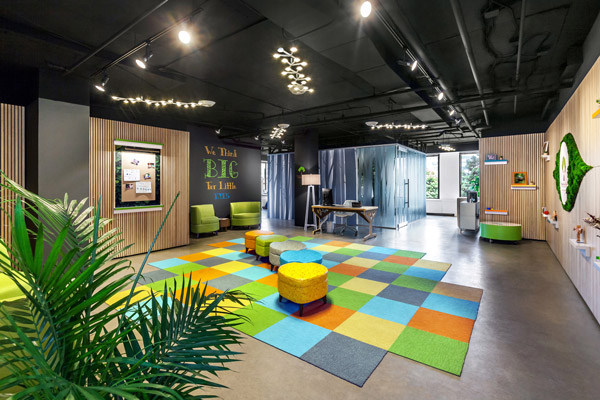

Dr. Lee was interested in myopia treatment in large part because of her own pattern of myopia progression. “As there’s a genetic element to it, I don’t want my kids to end up as nearsighted as me,” she says. When she was hired, she began reading intensively and was sent to Pacific University to learn from Patrick Caroline.
Treehouse Eyes gains some of its patients through referrals from primary care providers, pediatricians and area ODs. The business does not sell any eyewear, which makes the referral relationship more palatable for ODs who believe in the value of myopia care but don’t feel prepared or have the complete technology or time needed to provide it properly.
While a myopia treatment program can be done in a primary care practice, says Dr. Lee, it would take a lot of coordination. For example, her initial consults with patients and their parents are scheduled for 90 minutes, and sometimes even that’s not enough time. “The first 45 minutes typically are just spent talking to the parents about the process and the commitment of time,” she says. Then there’s the parent history and the patient history before the child even gets into the exam chair.
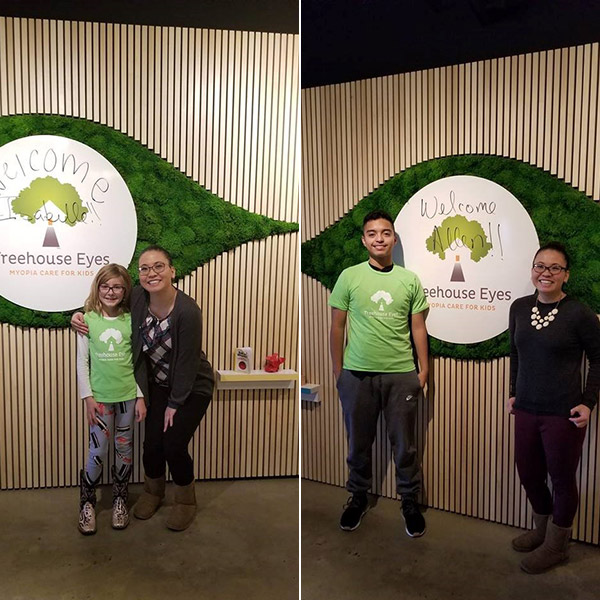

Some young patients are seen the morning after they first sleep with their new custom-designed contact lenses, and then they’re seen at one-week, one-month, three-month, six-month and one-year follow-up visits. Those often fall on a Saturday morning, when Treehouse Eyes can have a number of follow-up patients at a time. That’s very different from the initial consult, where the patient is the only person in the office and the whole team is dedicated to that patient. The youngster even walks up to see only his or her name on the Treehouse Eyes whiteboard. Kids and their parents know that the whole experience is focused on the child and the unique approach of providing myopia care and better vision.
Click here to read more about recent research on on myopia control.



